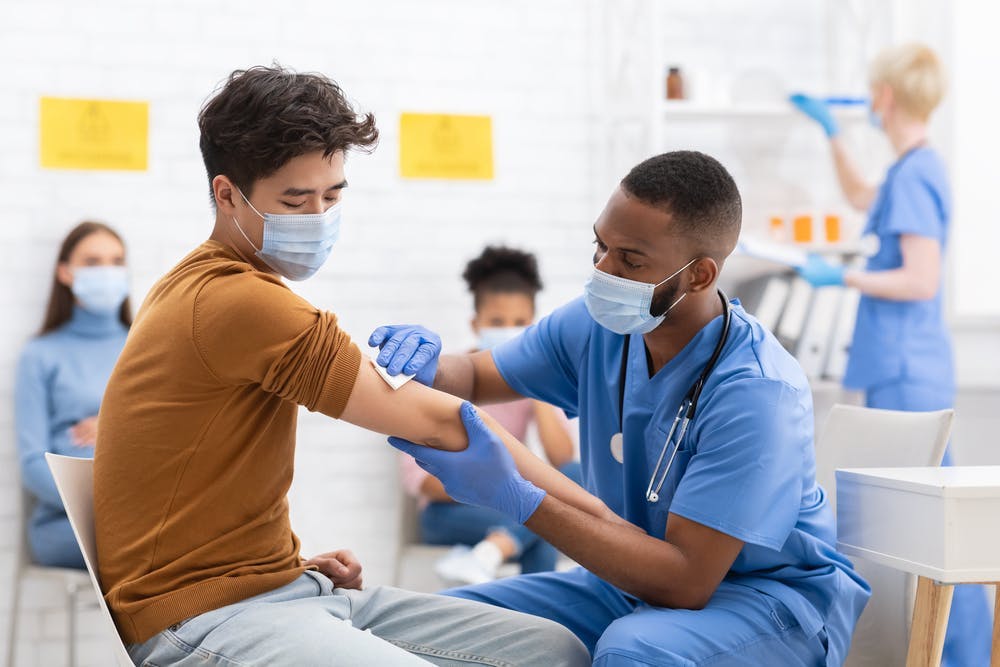Five fast facts about anemia
Anemia is the most common blood disorder in the U.S., affecting more than 3 million people. Here’s everything you need to know about this common condition.
1) Anemia is a deficiency of hemoglobin.
Red blood cells contain hemoglobin, an iron-rich compound that carries oxygen throughout the body. When you suffer from iron deficiency, the body can’t produce normal levels of hemoglobin. The deficiency in hemoglobin causes cells to suffer from a lack of oxygen.
2) There are several symptoms of anemia.
Symptoms of anemia include shortness of breath, fatigue, fast heart rate, pale skin, cool extremities, chest pain, brittle nails, hair loss, dizziness, weakness, inflammation of the tongue, and mouth sores.
Anemia can also cause pica, a craving to eat substances that have no nutritional value, such as ice chips, dirt or paper.
3) Anemia is diagnosed with blood tests.
Hemoglobin can be measured with a simple blood test. If the hemoglobin is low, more detailed blood work can be done to evaluate iron levels as well as red blood cells’ ability to bind to iron. Red blood cells can also be examined under a microscope to look for abnormalities in the cells’ structure, shape or size.
4) There are several risk factors for developing anemia.
Anemia is ten times more common in women than men, since during menstrution women lose blood during their period each month. In fact, one in five women in the U.S. is diagnosed with anemia.
Adults over age 65, people with chronic diseases, premature infants and people whose diet is low in iron are also more likely to develop anemia. Talk to your primary care provider about preventative steps you can take to lower the risk of becoming anemic.
5) There are several treatments for anemia.
Severe anemia can be treated with a blood transfusion. Other treatments include iron supplements or infusions. Cooking in iron pots increases the iron content in your food by up to 80%. And eating iron-rich foods can help to treat and prevent anemia, too.
Examples of iron-rich foods include red meat, lentils, beans, spinach, tofu, and iron-enriched breakfast cereals.
We're here to help.
We offer simple blood draws at all of our locations. If you’re concerned about anemia and can’t see your primary care provider, or if you have any other illness or injury you’d like to have addressed today just walk in or save your spot online!
Sources:
https://www.hematology.org/Patients/Anemia/
https://www.ucsfhealth.org/education/hemoglobin_and_functions_of_iron/
https://www.webmd.com/vitamins-and-supplements/features/iron-supplements#2
https://www.mayoclinic.org/diseases-conditions/anemia/symptoms-causes/syc-20351360
https://www.nhlbi.nih.gov/health-topics/iron-deficiency-anemia
Written by Sarah Thebarge, Physician Assistant


